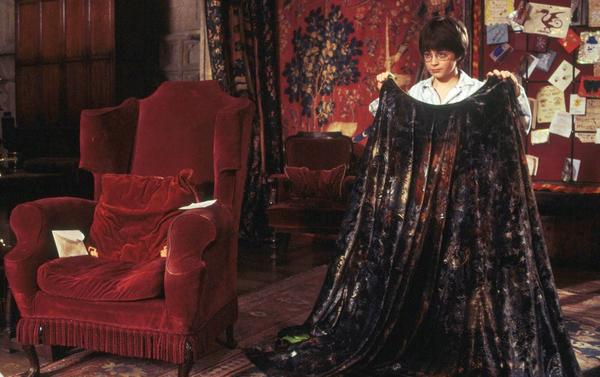Engineers have developed a metamaterial, giving a three-dimensional object a flat view.

Specialists in nanotechnology from the University of Pennsylvania developed a film with a thickness of only 80 nm, distorting the appearance of the three-dimensional object of an arbitrary shape wrapped by it so that it looks flat to an outside observer.
“Our new development allows us to hide a small three-dimensional object of any shape so that it looks flat,” says the study leader , Xingjie Ni. Thus, the film does not make the object completely transparent - instead, the reflection of light from the film’s intricate surface creates an illusion that changes the appearance of the object.
')
Antenna-like nano-size formations are located on the surface of the film. They are arranged in such a way that regardless of their location (on the flat part of the object, at the bend, etc.) they always return the rays of light falling on them in the opposite direction. As a result, the light is reflected from the film as well as from a flat mirror. In addition, the properties of the film can instantly "turn on" and "turn off", changing the polarization of the nano-antenna.

But, of course, the limitations of technology are quite tough. So far, it is possible to distort the appearance only for those objects whose size does not exceed several micrometers. “Although I see that in potential this technology can be scaled to centimeters and even meters, if we use a different production technology,” says Ne.
In addition, the film must be designed taking into account the shape of the hidden object, since it is necessary to arrange the nanoantennas so that they reflect the light as needed. Hidden object can not move and change its shape.
And, unfortunately, the film can only reflect a certain wavelength - so that for the naked eye the object will still be completely three-dimensional. Antennas while it is possible to configure only this way.
I am not sure that the film will be able to be brought to a more practical form in the future - for example, if you manage to place an array of different antennas on it, they will correctly reflect a certain range of colors, and not just waves of one frequency. If it becomes possible to make the film so that the position of the antennas can be changed in real time, then such material can hide the moving object under itself.
Source: https://habr.com/ru/post/368455/
All Articles